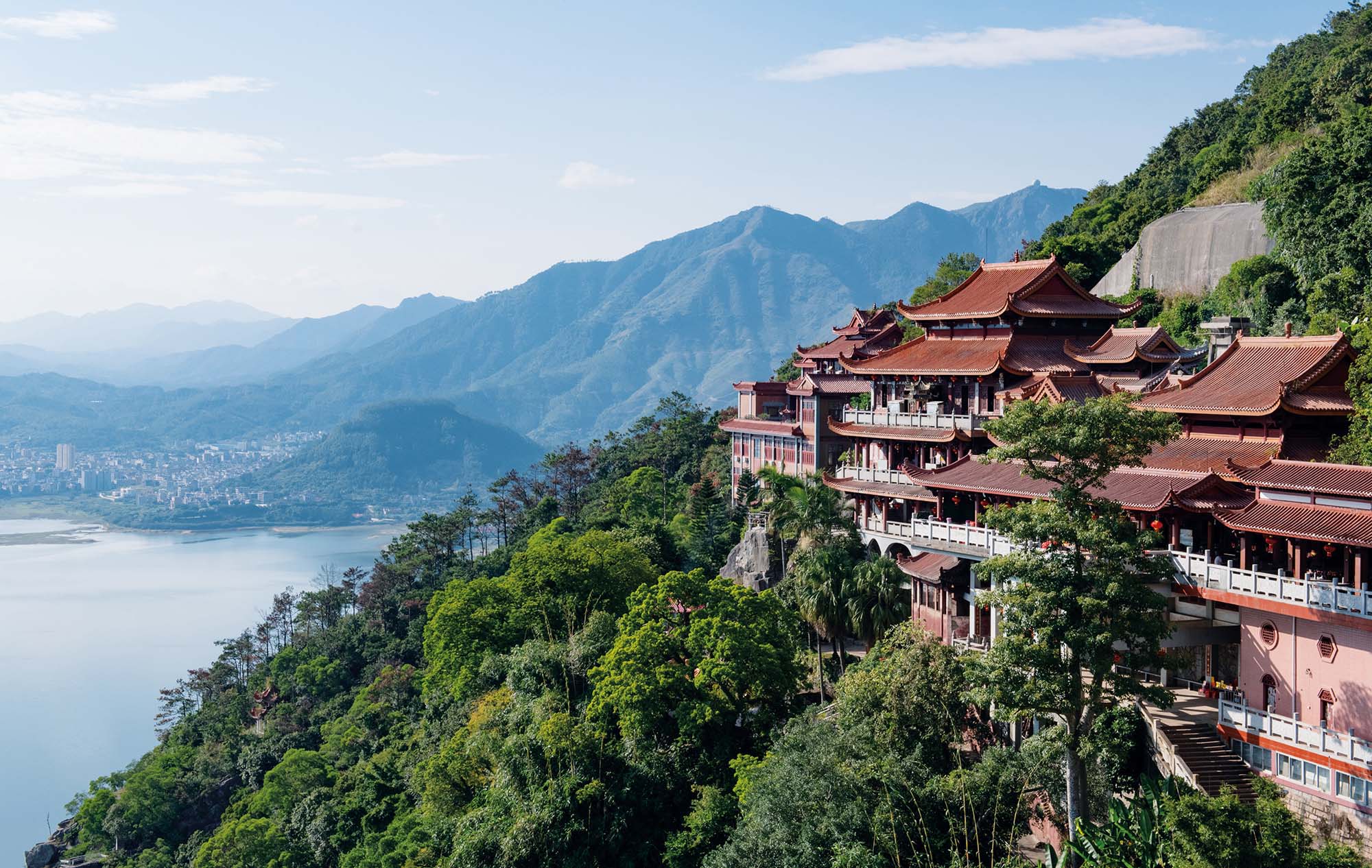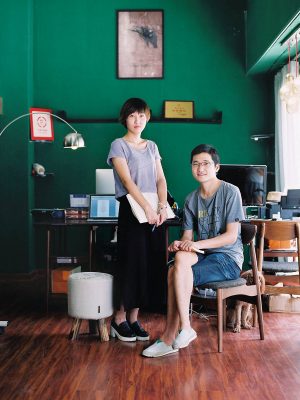Down a stone-paved lane, there are teahouses designed in a chic, Ming-dynasty aesthetic flanked by hip coffee shops and luxurious Qing-dynasty villas. A man attracts a crowd as he sculpts caramelised sugar into a dragon lollipop along the main road, while an elderly woman with purple, permed hair plays the accordion by the Antai River. Down another alleyway, a door opens up to an indoor market, where local designers sell their modern, fashionable crafts and wares.
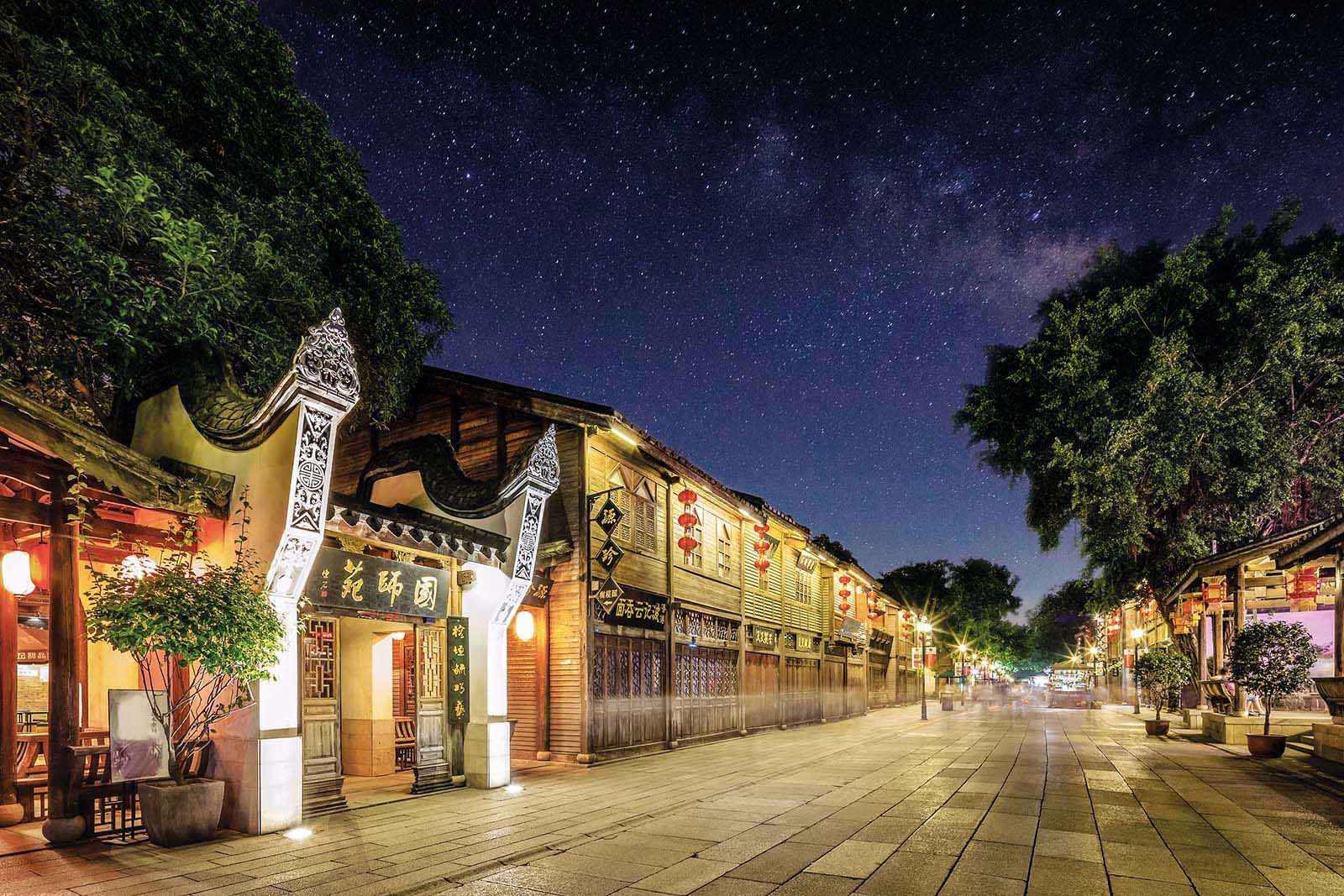
You can spend days meandering through this serene maze only to scrape the surface of the beauty and community that exist within Three Lanes and Seven Alleys (Sanfang Qixiang) – the cultural and heritage hub of Fuzhou, capital of Fujian province on China’s southeastern coast. The alleyways were once home to upper-class, influential figures, and today are seeing a new lease of life. ‘In the past few years, this area has changed dramatically,’ says Alice Gou, a guide from the tourist information centre. ‘After the government recognised it as an important heritage site in 2015, a lot of effort and money has been put into its preservation and restoration. It has been given a new life.’
The sprawling, 40-hectare district was first built during the Jin dynasty (265-420), then further developed in the Tang dynasty (618-907), when it was arranged in its layout with three lanes on the west side of the complex and seven alleys on the east side. But it wasn’t until the Ming and Qing dynasties (1368-1911) that Three Lanes and Seven Alleys reached the peak of architectural excellence and bourgeois lifestyle, when decadent villas were built with expansive courtyards and opera pavilions for China’s elite. The area attracted ancient sages, commanders, justices, poets and scholars. In more recent history, Bing Xin, one of the most prolific Chinese writers of the 20th century, and Phyllis Lin, known as the first female architect of modern China, lived here.
Zou Xunkai
Today, Three Lanes and Seven Alleys bridges both old and new Fuzhou. Visitors can leisurely walk in the footsteps of the literati and admire their handsome former homes, many in their original form. But amid the heritage buildings, you’ll find very modern establishments like Makers Live, one of Fuzhou’s best live music venues, which hosts domestic and international indie bands that usually draw huge crowds.
There are good reasons so many notable figures chose to settle in Fuzhou, also known as The Auspicious Settlement. The city is known for its laid-back vibes, intellectual history, streets lined with banyan trees, stunning mountainous landscapes as viewed from the top of Drum Hill (Gu Shan), volcanic hot springs and delicious cuisine, the most famous dish being ‘Buddha jumps over the wall’, a rich, double-boiled seafood broth generously filled with abalone, conpoy, sea cucumber and fish maw. You can savour it at Ju Chun Yuan Restaurant, where the dish is said to have originated. ‘I’ve already had it three times,’ says Shanghai native Clare Plauborg, who travelled here with her husband and newborn.
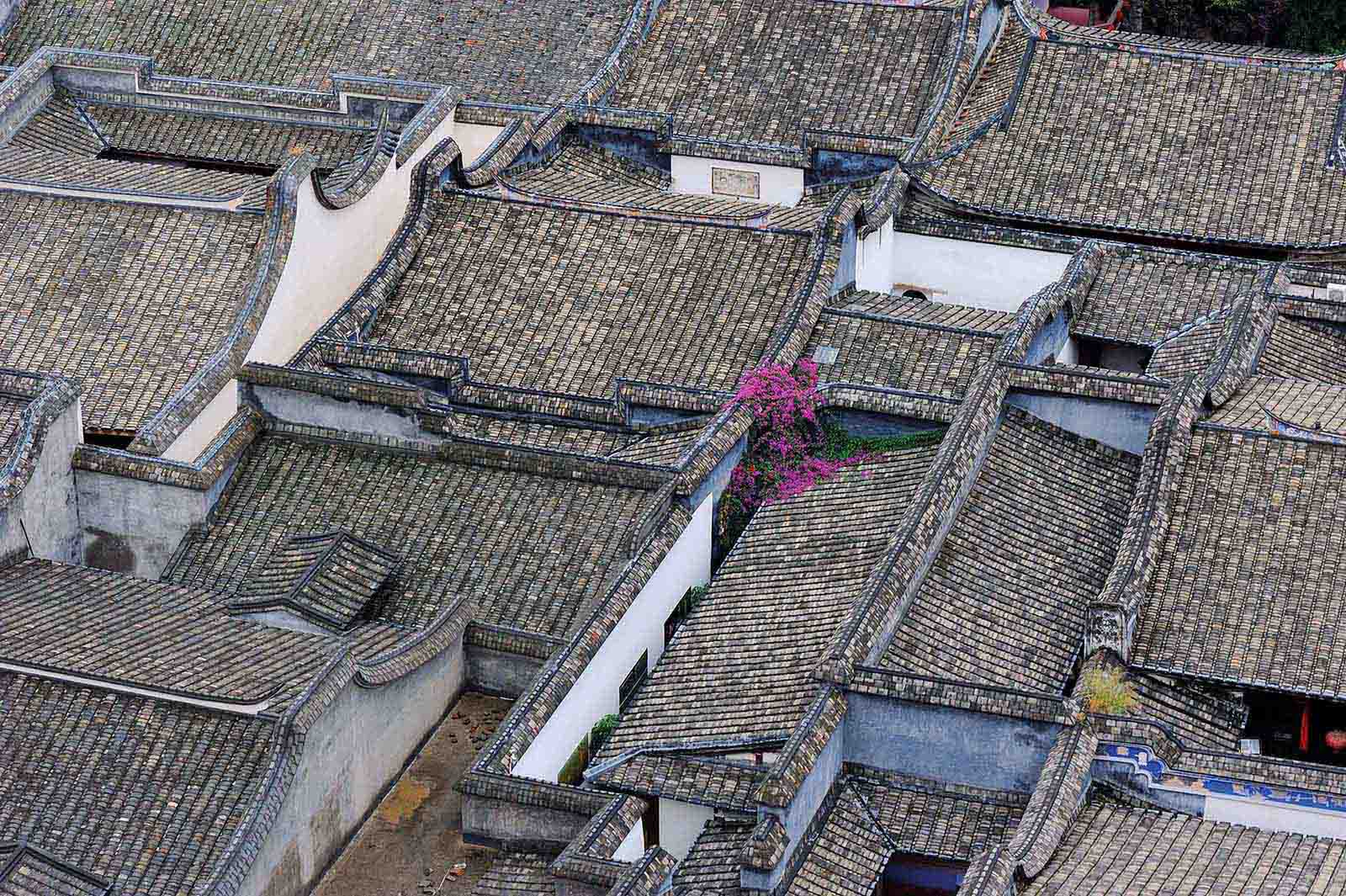
Fuzhou has long flown under the radar, eclipsed by its more glamorous neighbour Xiamen. But travellers who look a little farther are attracted to Fuzhou’s slow-paced charms. ‘We wanted to get away from the crowds,’ says Plauborg. ‘Fuzhou is just a few hours from Shanghai and when we were researching places to visit that were lesser known and less spoilt, Fuzhou and Xiapu both came up.’ Xiapu is a town just north of Fuzhou known for its picturesque mudflats, which have been converted to seaweed and kelp farms.
At the same time, Fuzhou is rapidly developing. The city’s first metro line opened just last year, with the second line scheduled to open in 2019 with 22 stations. In the Gulou District, an impressive elevated steel pedestrian walkway system called the Fu Forest Trail spans 6.3 kilometres and weaves through Jinniu Mountain like an aerial serpent. It’s an impressive, modern architectural feature that signals what’s to come for the city.
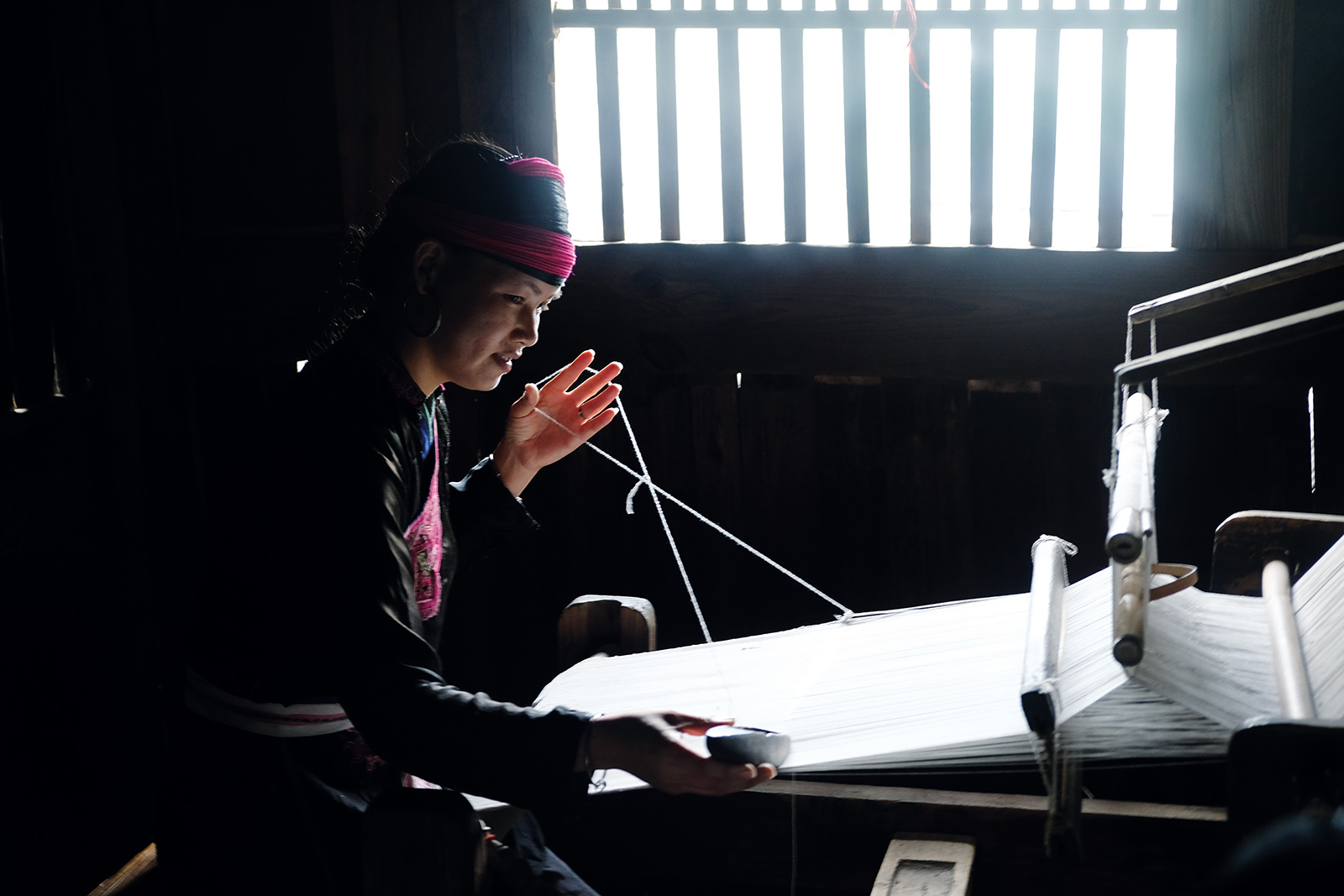
Meanwhile, the tech industry is booming, attracting outside talent. ‘People don’t really know that Fuzhou is a tech hub for mobile gaming,’ says Wyatt Akin, a US expat who works as a marketing specialist for IGG gaming, as he gives me a tour of his Google-esque office, equipped with a pool, gym and movie room. Inexplicably, it also features slabs from the actual Berlin Wall placed outside the front door.
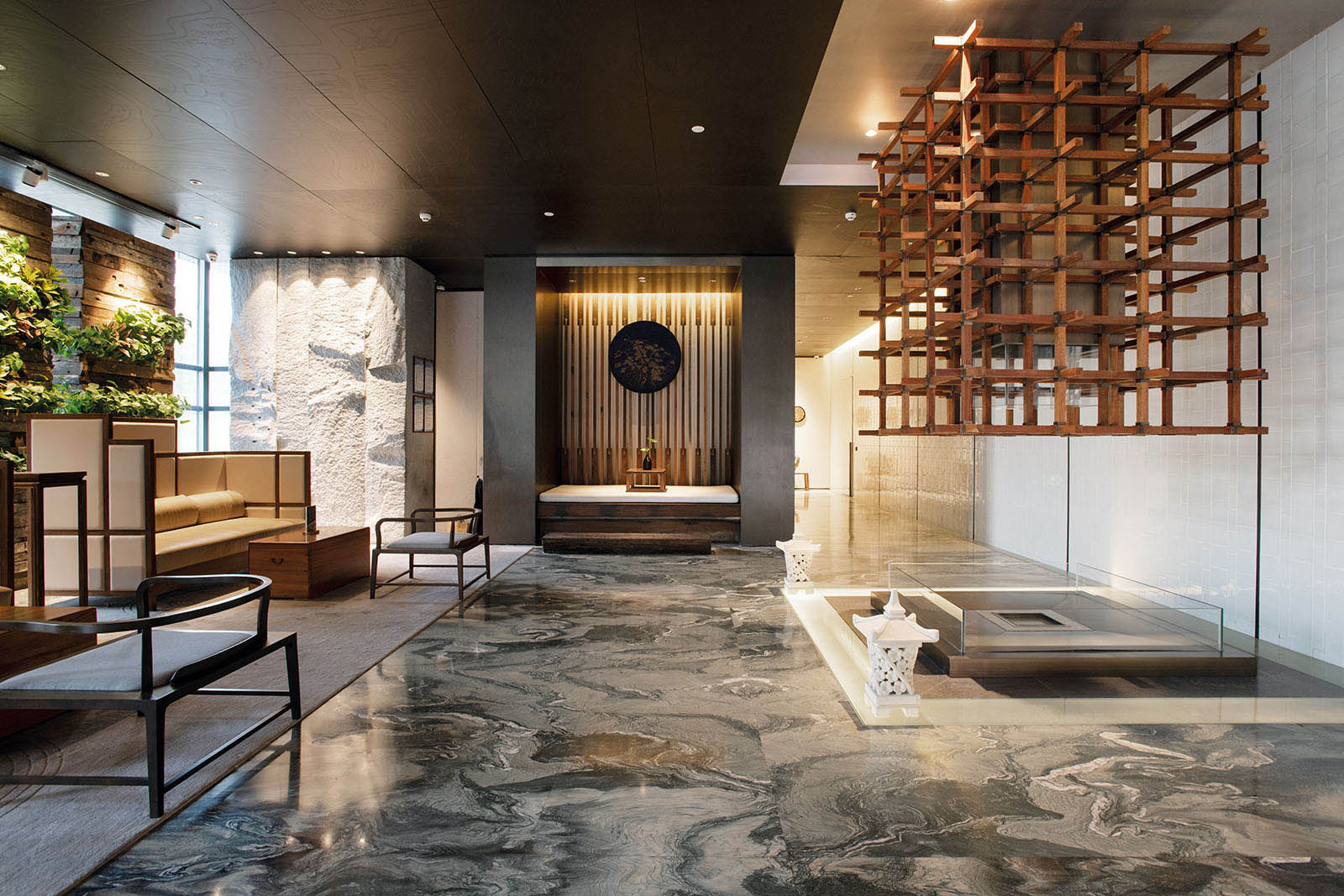
Akin had been working in Hong Kong and Xiamen for a few years before getting a generous offer to move to Fuzhou. ‘People in Fuzhou are very well-educated, so there is a strong labour pool, smart artists and programmers,’ Akin says. ‘And what’s great about working here is you can achieve work-life balance. It’s cheaper than Shanghai and Beijing, and you don’t have to spend all day commuting. You can live well here.’
This was true centuries ago and apparently now too. Maybe it’s true what they say about Fuzhou: when you come here, you’ll be blessed with good fortune.
This story was originally published in December 2018 and updated in September 2020



